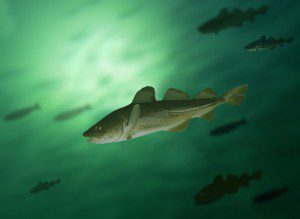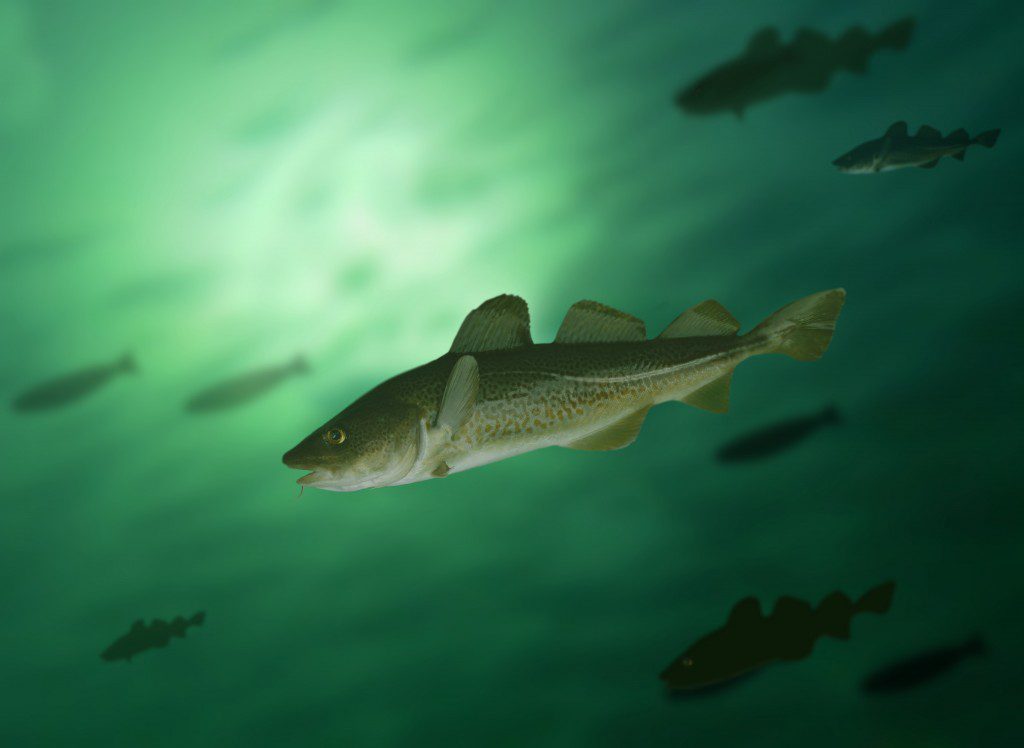 I recently read an allegory called, The Story of the Catfish. This amazing story of vigilance reminded me of how this metaphor can be compared to a Whole Life Policy and the system in which it keeps dollars working.
I recently read an allegory called, The Story of the Catfish. This amazing story of vigilance reminded me of how this metaphor can be compared to a Whole Life Policy and the system in which it keeps dollars working.
The Story of the Catfish:
In the 19th century, North Atlantic Cod became a prized commodity that began to get shipped from Boston to San Francisco. The fish were first packed in ice to keep from spoiling, but upon arrival at the west coast sea port, the fish were anything but (fresh). The fishermen then decided to ship the cod in tanks, allowing them to stay alive until reaching San Francisco; where they would then prepare the catch for sale. Once again, the cod arrived spoiled. Finally, it came to the fishermen’s attention that catfish were a natural enemy to the cod. With that understanding, the merchant seamen again carried the cod in tanks from Boston to San Francisco, but this time put a few catfish in the tank too.
What happened was almost miraculous. The cod not only arrived at the sea port alive, but their flavor and texture was more desirable than if they had been caught and sold directly from the Boston harbor.
According to the analogy, because the cod had to share a space with their enemy, the catfish, they were forced to be aware of their foe and keep swimming to ensure survival. This vigilance was the cod’s key to prosperity. Because of this shipping method, the cod arrived in San Francisco more valuable and pleasing than ever before.
The Story of Whole Life:
In this metaphor, your dollars are like the codfish; and your Whole Life Policy is like the catfish. Dollars sitting inside any account – be it a qualified plan or in a traditional bank – can become stagnant and lifeless.
Your cash, being the most liquid asset available, has more value to you in the present (right now!) than in the future. Money sitting in a qualified plan will never realize its potential because inflation, taxation, and possible fees, prematurely rob your dollars of their prosperity.
In general, I recognize the value that an opposing force can bring to any individual or situation; it stimulates growth and keeps people grounded. But as I reflect on the story of the catfish and compare it to my personal economy – my Whole Life Policy keeps my dollars working and in turn, keeps me vigilant about looking for opportunity that puts my money to better use.
How I feel today about money, opportunity cost and Whole Life insurance, is quite different from how I felt nine years ago before I started my first banking policy. Back then, I didn’t have a system. All my cash was just sitting locked up in tanks (401k’s, IRAs), doing nothing except losing its value.
My suggestion to everyone: honestly consider your financial situation to determine if your money (and behavior with it) needs a Whole Life Policy to generate lasting prosperity – just like the catfish did for the cod.
-Bryan McCloskey







